Minnesota Buffers for Wildlife & Water
RIM Buffers Phase 1 combined the resource benefits of the Outdoor Heritage Fund (LSOHC), Clean Water Fund (CWF), and bond funds. This program exceeded our acreage goal by 439 acres (37%), enrolling a total of 1,595.4 acres of enhanced wildlife and water quality buffers in partnership with private landowners on 46 easements.
September 2011: BWSR Board authorized the RIM Buffer program
October 2011: BWSR Board reviewed timeline and ranking criteria
November 2011: SWCD program training and rollout of the RFP process where SWCDs requested project areas.
January 2012: SWCDs requested local project areas, which determined where eligible projects could occur.
February-March 2012: First landowner signup period was held. SWCDs marketed the program to landowners, completed an initial review of eligibility and scoring, and submitted applications to BWSR for funding consideration.
Subsequent signups were announced and held to fund additional easements, which followed a similar process of screening committee review and allocation of funding to funded applications.
Summer 2012: BWSR completed first funding allocations to applications. Applications first underwent an eligiblity review and confirmation that sites met appropriation guidelines. Applications were funded if they met the minimum wildlife benefits score. Those that did not meet this minimum score were not eligible and were either directed to secure a standalone CWF buffer, or to enroll in a different program. A total of 46 easements were funded and acquired.
2014: Last easements acquired with these funds were recorded.
2014-Onward: Restorations occurred. BWSR is held to the statutory requirement that requires restoration of the easements we acquire. This restoration includes establishment of acceptable vegetation, if the current cover does not adequately meet site goals.
This partnership program permanently added grassland habitat and reduced fragmentation by combining the efforts of the Outdoor Heritage Fund, Clean Water Fund, and bonding to secure buffers adjacent to public waters. Building upon the 100-foot RIM buffers funded through the Clean Water Fund, we added an additional buffer width (up to NRCS 393 standard for CRP buffers) to make clean water buffers more attractive and productive for wildlife. This program contributed toward the development of new habitat complexes and enhancement of existing habitats by expanding the size of narrow corridors and connecting them to large, permanently protected grasslands, wetlands, and shallow lakes.
Furthermore, these wildlife buffers were targeted for landscapes with existing permanently protected habitat to accelerate progress toward achieving minimum thresholds of grass habitat required by waterfowl and other Species of Greatest Conservation Need.
Many Species of Greatest Conservation Need benefit from large habitat patches and some require a minimum threshold of grassland habitat within a landscape. The Sedge wren, a Species of Greatest Conservation Need (SGCN) most commonly associated with grassland habitat, is encountered in buffer areas. Bird use is influenced by buffer width, with greater widths experiencing greater abundance and diversity of birds and grassland species.
Buffers are commonly viewed as simply a water quality practice, but buffers have notable positive impacts on wildlife due their unique upland and riverine habitat interaction. Not only are upland grasslands protected or restored, but detrimental impacts to stream-reliant biota is reduced. Many species of amphibians, such as southern MN's Northern Cricket Frog (endangered) rely on aquatic habitat during the breeding season and then spend most of their lives in upland habitat. In Southeastern MN, reptiles such as the Blanding's Turtle (endangered) rely on meandering streams, rivers, and adjacent lands.
A scoring mechanism was employed to fund high quality wildlife buffer enhancements and target these funds. Buffers for wildlife under this program were prioritized based upon their ability to enhance public land habitats (e.g., WPA’s or WMA’s), protect expiring CRP lands, add key nesting cover to wetland/upland complexes, provide maximum water quality benefits, and enhance shallow lakes.
Agricultural expansion, biofuel production, and expiration of Conservation Reserve Program contracts had accelerated the loss of grass habitat in Minnesota. At the time this program was implemented, Minnesota had just over 200,000 acres of CRP in buffer practices at various stages of their 10-15 year contracts, some soon to expire. The RIM Buffer program served as a complement to other programs to secure these expiring acres.
$2,249,000 the first year is to the Board of Water and Soil Resources in cooperation with Pheasants Forever to acquire permanent conservation easements to enhance habitat by expanding riparian wildlife buffers on private land. A list of proposed easement acquisitions must be provided as part of the required accomplishment plan. The accomplishment plan must include an easement monitoring and enforcement plan. Up to $200,000 is for establishing a monitoring and enforcement fund as approved in the accomplishment plan and subject to subdivision 15. An annual financial report is required for any monitoring and enforcement fund established, including expenditures from the fund.
Protect in easement 1,595 acres of prairies
Clean Water Fund, Bonding
